by Rev. William H. Otto
Of the six Christmas hymns and translations most often associated with Martin Luther, none is more beloved than “From Heaven Above to Earth I Come” (LSB 358). Appearing in print for the first time in 1535, it bears the heading, “Ein kinder lied auff die Weinacht Christi” (“A children’s song about the birth of Christ”). It is assumed that Luther wrote this text as a kind of Christmas pageant for his own five surviving children and other members of his household for their 1534 family celebration of Christmas.
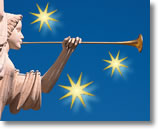 |
|
istockimages |
Luther’s text is actually a contrafactum—that is, a sacred text set to a popular folk melody. In this case, Luther chose a “garland song” that had made its appearance as early as the 14th century, yet was still popular with the young adults of Luther’s day. A young man would sing the refrain and then pose a riddle to one of a group of girls sitting in a circle. If she could not solve the riddle, she would have to give him her wreath-garland.
A quick comparison (through English translation) shows how Luther deftly adapted this medieval folk song:
Original Garland Song
Good news from far abroad I bring,
Glad tidings for you all I sing.
I bring so much you’d like to know
Much more than I shall tell you though.
—Luther’s Works, 53:289
Luther’s Stanza
From heav’n above to earth I come
To bear good news to ev’ry home;
Glad tidings of great joy I bring,
Whereof I now will say and sing.
Stanza 1 of the garland song is set as if a traveling ballad-singer had come into a marketplace bearing news from afar that he then offers to share with the people in the square. Luther picks up on this picture, using the image of an angel coming from far abroad (heaven) into the circle of the shepherds keeping watch, offering to share the good news with them of what has just happened in Bethlehem.
One cannot avoid the sense that the origin of this lovely 15-stanza Christmas hymn is indeed that of an intimate family celebration, rather than a congregational song.
While the editors of Lutheran Worship chose to divide this hymn into two sections (“The Angel’s Message” and “Our Response”) and omit stanza 12 of Luther’s original, the compilers of Lutheran Service Book (LSB), appreciating the unity of the hymn, restored stanza 12.
Although several translations of this Christmas hymn exist, the one included in LSB is an alteration of the translation by Catherine Winkworth, first published in her Lyra Germanica of 1855.
A Hymn of Joy
In stanza 1, Luther’s adaptation of the garland song invites the children to listen to the “good news of great joy brought by the angel to the shepherds in the fields near Bethlehem. It is striking that Luther makes nothing of the first words of the angel: “Fear not!” (Luke 2:10). There is no fear in this hymn, only the joy that results from the good news. Note that stanzas 1–5 are clearly meant to be sung by the angel, as indicated by the use of the first person singular and thequotation marks around each stanza in LSB.
One can almost picture the Luther family, gathered perhaps around 8-day-old Margaretha’s cradle, as 8-year-old Hans, or one of the student boarders who lived with the Luthers, dressed as an angel, invites the family to listen once again to the story of the birth of the infant Lord.
Stanzas 2–5 are an extended paraphrase of the words of the angel from Luke 2:11–12. Luther goes beyond a simple retelling of the story to emphasize the great joy that comes from knowing that Jesus came “from all your sins to set you free.”
In stanza 6, the rest of the family and all others (note the change to first person plural) join with the shepherds (Luke 2:15), expecting to experience the joy that will come from discovering that the words of the angel are all true. Luther’s intention was that individual children would sing stanzas 7–14 in response to seeing that the words of the angel were indeed true. The children invite others to see the Christ Child (stanza 7), and then they begin to talk directly to the little Child, welcoming Him to the sinful world (stanza 8) that He “might share Your joy with me.”
There is perhaps a hint of Phil. 2:6–9 in stanzas 9–12, as the children marvel that the One who deserved riches and luxuries would choose such a lowly birth. The ultimate warmth of the Christmas Eve story is expressed in the invitation in stanza 13 to “Prepare a bed, soft, undefiled . . . for You to dwell within my heart.”
The theme of joy returns in stanza 14, when the children can no longer keep silent but must break forth in praise with the angels. The change to first person plural in stanza 15 indicates that Luther expected the angel to join with the children and everyone else in the household in his paraphrase of the Gloria in excelsis of Luke 2:14. German hymn scholar Ansgar Franz suggests that the last line of this stanza, with its reference to “a glad new year,” may not be so much a reference to the new calendar year (which, in 16th century Saxony, began with Christmas)as to a new age that has dawned with the birth of the Christ Child.
Tunes Old and New
When Luther’s children’s song for Christmas first appeared in 1535, it was not only a textual contrafactum of the garland song, it was also coupled with the traditional tune of that same medieval folk song “Aus fremden Landen komm ich hier.”
Within four years, however, Luther’s hymn became so well-known that he must have sensed that it needed its own tune. When the hymn was printed in Schumann’s Geistlicher Lieder (Leipzig, 1539), it was coupled with the new tune, Vom Himmel hoch. Since then, this tune has become the proper tune for Luther’s text and is therefore the tune included in LSB.
|
|
Illustration of Luther’s family courtesy Concordia Historical Institute |
While Luther is not directly credited in Schumann’s book, it is generally assumed that he is the composer of this melody. He was certainly musically gifted enough to have crafted this lovely tune, and it exhibits characteristics of other Luther melodies, such as Ein feste Burg (“A Mighty Fortress Is Our God”), where he begins on the upper note of the scale and ends on the lower. In fact, the last line of music from Vom Himmel hoch is virtually identical with the last line of Ein feste Burg.
The tune as used in LSB begins with a half note, while Luther’s melody, as printed in Schumann’s book, originally began with an eighth note.
Many Worship Possibilities
Because of the length of this hymn, it lends itself best to singing in alternation between portions of the congregation or choir or cantor. Observing the structure of the hymn may help to suggest possibilities.
- Stanzas 1–5: The Christmas angel tells the good news of Jesus’ birth, sung by various groups (men, women, children, choir, children’s choir, etc.).
- Stanza 6: Traveling to the manger, sung by all.
- Stanzas 7–14: At the manger, sung by various groups (men, women, children, choir, children’s choir, etc.).
- Stanza 15: Concluding stanza, sung by all. Another approach would be to intersperse various portions of the hymn at different points in the service, perhaps even as simple as singing stanzas 1–6 prior to the sermon, and then the remaining stanzas following the sermon. Stanza 7 could work well alone just prior to the reading of the Holy Gospel. Or one could combine both approaches—interspersing the hymn as well as singing in alternation. Of course, this hymn is an ideal choice to sing in alternation and/or interspersed for the annual children’s Advent/Christmas service, where the children tell the story of Christ’s birth in word and song.
At home today, why not consider using this wonderful hymn as Luther most likely did, as part of a family pageant and a celebration of the festival of Christmas. Make it a Christmas tradition.
About the Author: Rev. William H. Otte is pastor of Trinity Lutheran Church, Rochester, Minn. This article was excerpted and adapted from the LSB hymn commentary, Lutheran Service Book: Hymnal Companion, forthcoming from Concordia Publishing House in 2011, Jon D. Vieker and Peter C. Reske, general editors; Joseph Herl, project researcher. Also available from CPH is the children’s Advent/Christmas service, From Heaven Above, order number 35-1342.


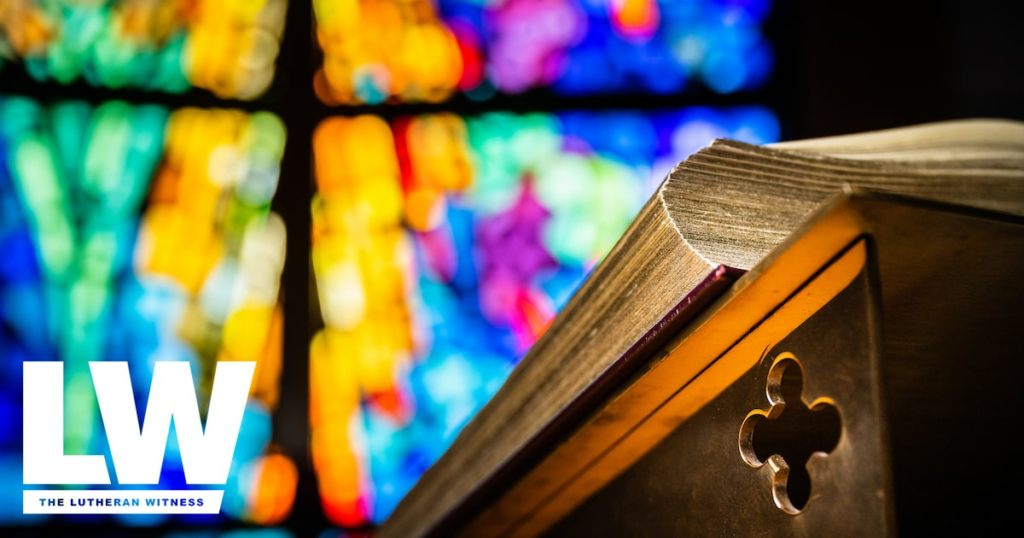
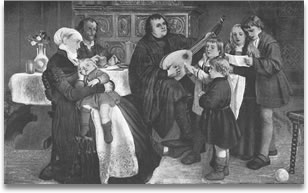
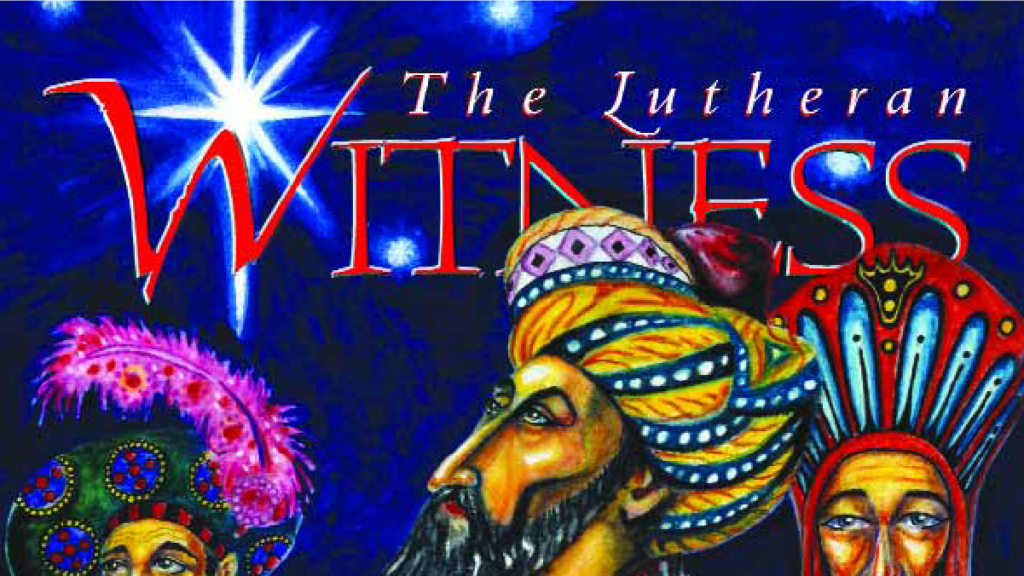
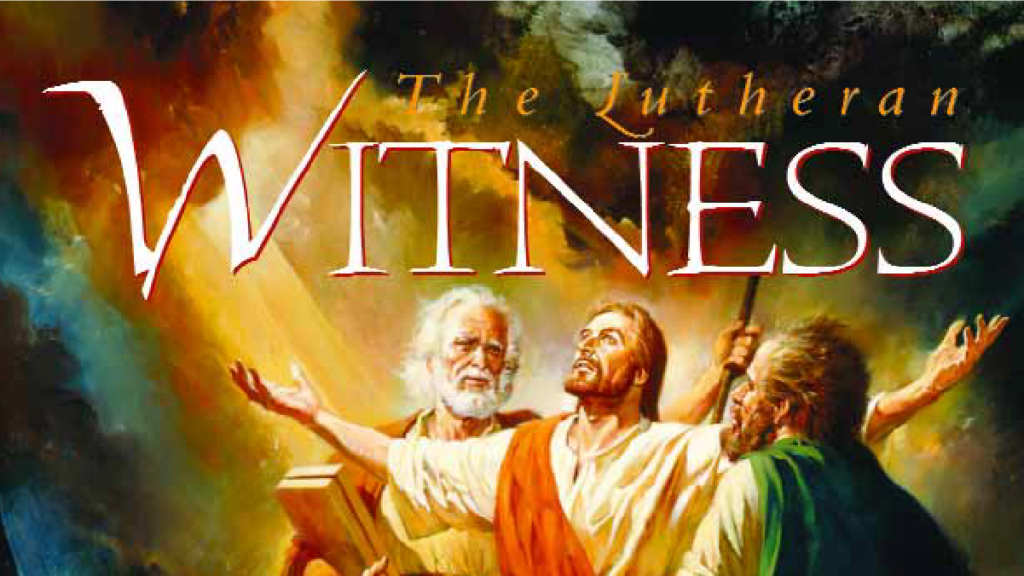
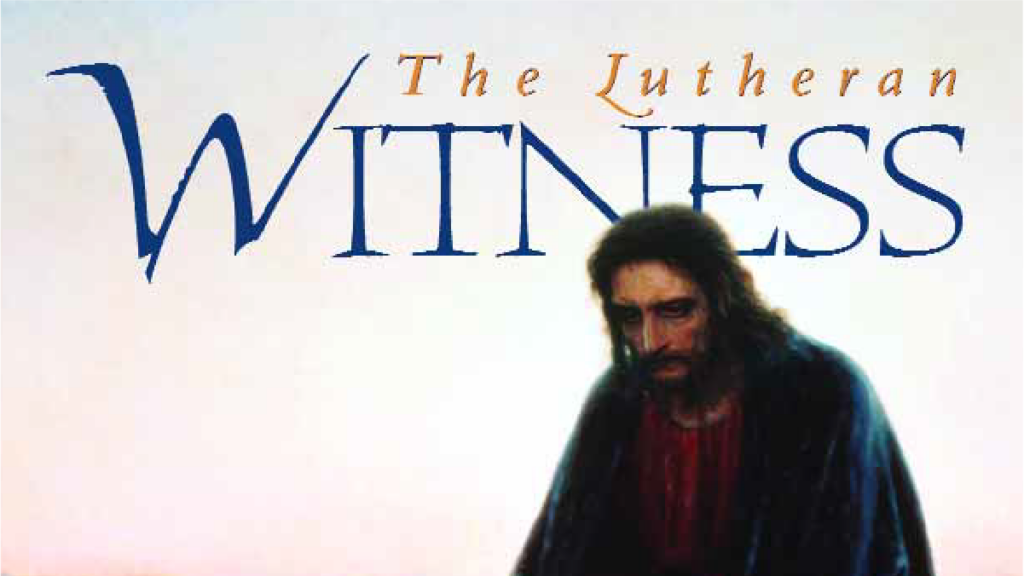
Pingback: Christmas 1534 or 1535 – Today's Luther
Pingback: Christmas 1534 or 1535 – Today's Luther